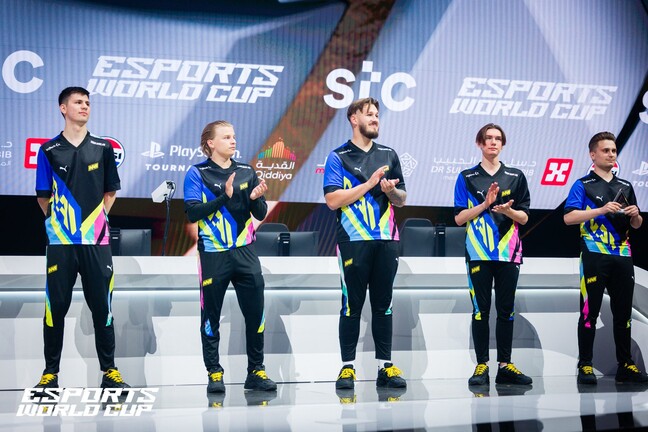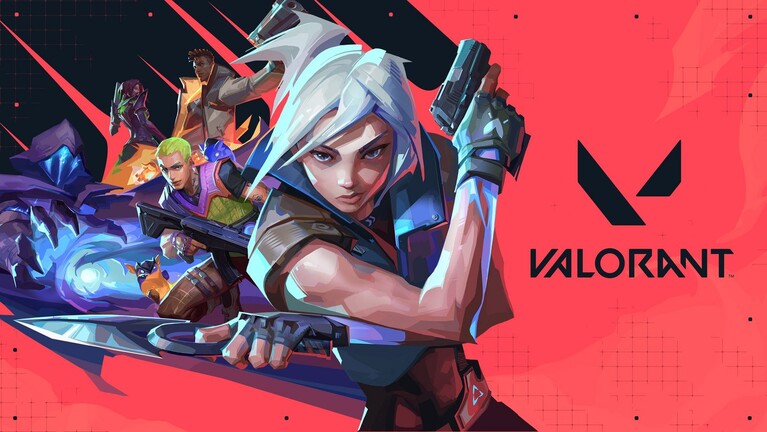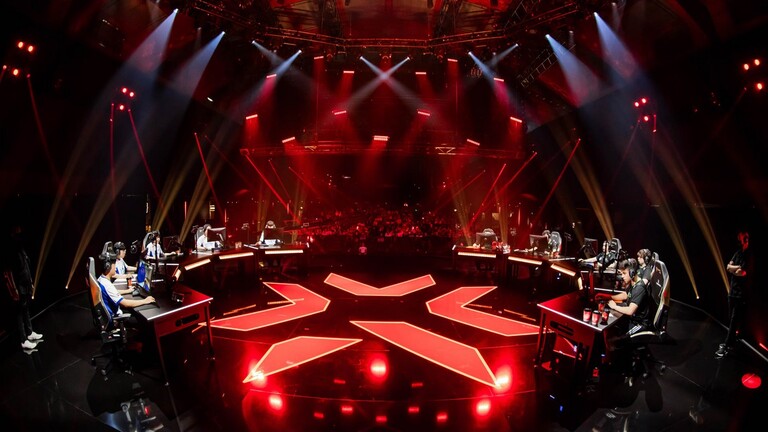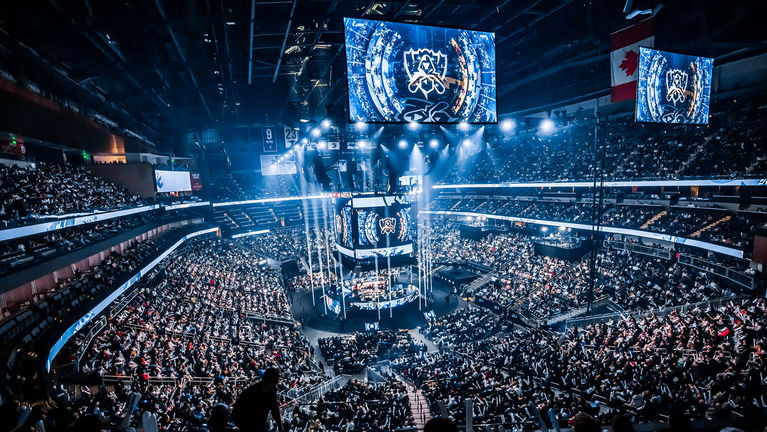General information
In the thirty years that have passed since the humble beginnings with Doom and Quake, competitive gaming, or e-sport, has grown into such a global phenomenon that, starting next year, a separate Olympic event will be built on it, the first of which will be held in Saudi Arabia. PC games such as Counter-Strike 2, League of Legends, or Valorant move tens of millions of people on a daily basis, and according to estimates, due to the rapid growth of the industry, there are now thousands of professional e-sports players who they devote themselves full-time to the favorite form of entertainment for many of us.
Along with the rise of e-sports, various peripherals are also gaining more and more attention, with which manufacturers try to outbid each other, promising better and better products to those who want to give out more headshots. These can be displays with even higher image refresh, lighter and faster mice, or simply ergonomic gamer chairs that provide good support. But what about mouse pads?
Surprisingly, there is relatively little talk about them in e-sports circles, which becomes really clear when we try to find videos relevant to the topic, or perhaps move around on somewhat competitive gaming forums. However, choosing the right mouse pad is also extremely important, because it can have a significant impact on our game performance, precision, and reaction time. Among other things, these are influenced by the use of materials, the type of surface, the thickness and extent, but also the way of using the mouse, just as, of course, it does not matter whether we want to play FPS or MOBA.
In our article, we would like to help with this. On the first page, we describe the general aspects that you should be aware of, while on the other pages, we detail the peripherals used by the better-known e-sports players in order of popularity, which can serve as an additional guideline when buying a pad.
The first thing to consider when looking at a mouse pad is whether you want a model geared for speed or control. The latter are typically textured, thus enabling better adhesion. This favors light mice, as their heavier counterparts can feel even more uncomfortable on such a surface. In return, however, it is much easier to cope with sudden, more agile movements of the mouse, and therefore, for example, to make more accurate shots.
If you use a low sensitivity – for example, because you move the mouse from your wrist, but from your arm – and in our chosen game the point is more about tactics and catching angles than lightning-fast 180-degree turns, it might be a good decision to invest in one. Also, although this is a less relevant factor, it is worth mentioning that the control pads can feel a bit rough if you rest your forearm on them, and can scratch the surface of mice with PTFE bottoms after prolonged use.
Benches targeting speed are, by definition, the other side of the coin. Thanks to their smooth surface, the mouse really glides over them without any resistance. This can really come in handy if you’re really into arena shooters, for example, in which you have to spin for multikills like someone who drank ten energy drinks in a row. This is the ideal choice for aiming from the wrist and for high mouse sensitivity, and in the absence of friction, using the mouse will probably be less stressful for our hands and fingers – although this may be negatively compensated by the fact that it will be more difficult to stop the mouse after large jerks.
What we have to take into account is that there is a good chance that we will not be able to achieve the same level of precision as in the case of a control pad, in fact, we may feel as if we are dancing on ice. Perhaps this is why most competitive players vote for mousepads that prefer control – regardless of whether this is ultimately a matter of personal preference.
There are also options on the market that try to establish themselves between the two main categories (control and speed), and user demand for these models is increasing. Hybrid benches often use the synthetic fiber-based material called Cordura, with which they try to combine the strengths of hard and fabric surfaces (such as durability, flexibility, speed and comfort), all combined with high water and dust resistance.
Regardless, textile is still the most popular choice among gamers, which, in addition to being more affordable and accurate compared to its hard design counterparts, is also more flexible, as you can easily roll them up if you want to jump to a LAN party. Hard-surface benches also have their advantages, as they are easier to clean and more durable, but since they are typically made of plastic (and sometimes glass), they are less flexible, so they are not very gentle on our mouse in the long run.
The size and thickness of the mouse pad are also important considerations. The smaller pieces, typically 200-300 mm side length, take up less space on our table due to their compactness, are easier to transport, and the prices are also more favorable. There may be acceptable choices in addition to high mouse sensitivity – since it does not require a large range of motion – but overall it can be stated that it is better to buy a larger mouse pad for almost all uses.
For example, on a pad that exceeds the size of XXL (at least 950 x 290 mm), we can move much more freely, it is possible to play from the wrist and arm, as well as to play fast and with low sensitivity, while the mouse pad can also absorb the micro-vibrations resulting from key presses. Although it requires more space, looking at the tables used recently, this shouldn’t really be a problem for anyone (on the contrary, in the past, when the extendable mouse holder, only a few centimeters long, was still a standard accessory).
Fortunately, you don’t have to worry about things like adhesion, because practically every decent mouse pad now has a non-slip bottom. What can be tricky is whether the edges are stitched or unstitched, since with the latter there is a risk that the pad starts to fray after a while, while the former can be confusing if you use a small pad and keep bumping into the borders with the mouse (although this rather, it just means that we simply need a bigger one). In addition, the pieces with sewn edges can be machine washed.
The thickness also affects the use somewhat, since the pads between 0.5 and 2 mm have a harder feel, but they can reinforce the imperfections of the table quite a bit, while the thicker types (over 5 mm) feel softer, in return they provide more comfort and dampen the mouse his voice too. If we really cannot come to a decision on this front, 3 mm can be recommended as a sort of golden mean.
The article is not over yet, please turn the page!
Source: prohardver.hu







